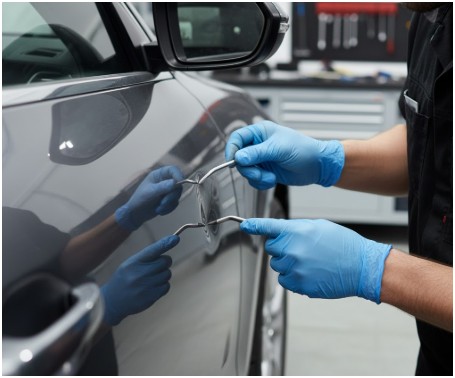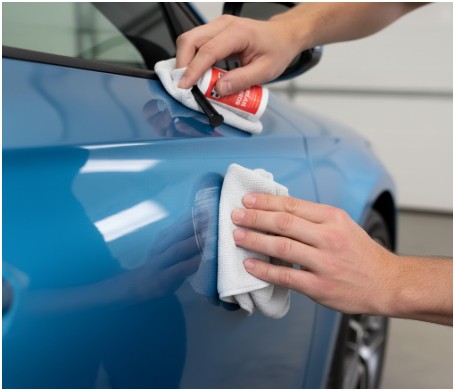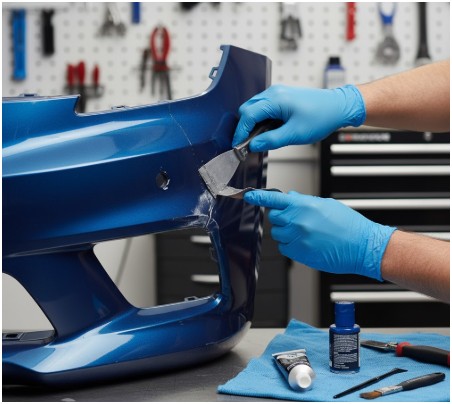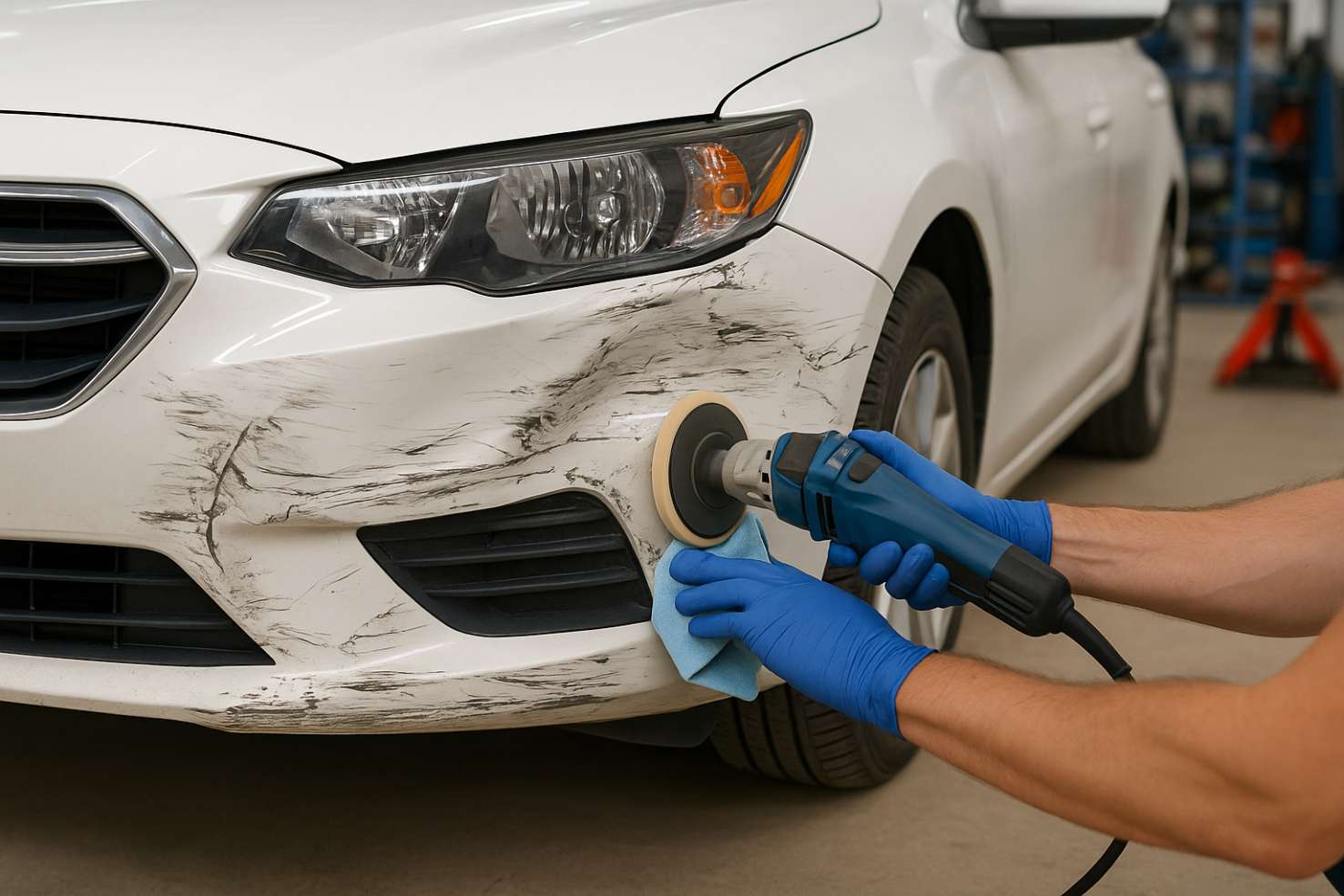Every car owner dreads the moment they see a dent, scratch, or scrape on their vehicle. Whether it’s a minor parking lot mishap or a more serious collision, car body damage can be frustrating and often costly.
However, understanding car body repair techniques, whether you’re handling minor fixes at home or seeking professional help, can save you time, money, and stress.
In this guide, we’ll explore essential tips for mastering car body repairs, ensuring your vehicle stays in pristine condition.
Understanding the Basics of Car Body Repair
Before diving into repairs, it’s crucial to understand the types of damage your car might encounter. The most common issues include:
- Dents: Indentations caused by impact with objects like shopping carts, car doors, or hail.
- Scratches: Surface damage affecting the paint layer; can range from minor to deep enough to expose metal.
- Rust: Corrosion resulting from prolonged exposure to moisture and scratches that expose metal.
- Cracks: Typically found on bumpers and plastic panels due to collisions.
Each type of damage requires a specific approach, and knowing the basics helps in choosing the right repair method.
DIY Repairs: When and How
Minor dents and scratches can often be handled at home if you have the right tools and patience. Here are some common DIY methods:
Dent Repair

For small dents, paintless dent repair (PDR) is a popular technique. It involves carefully massaging the dent from behind the panel to restore the original shape without affecting the paint. PDR kits are widely available and can be a cost-effective solution for minor damage.
Scratch Removal

Light scratches can often be polished out using rubbing compounds or scratch repair kits. Start by cleaning the affected area thoroughly, then gently buff the scratch with a microfiber cloth and compound. For deeper scratches exposing metal, you may need touch-up paint or professional assistance to prevent rust.
Bumper Cracks and Chips

Minor cracks in plastic bumpers can be repaired using specialized plastic fillers and adhesives. Sand the area, apply the filler, and finish with paint for a seamless look.
While DIY methods can be satisfying and budget-friendly, it’s essential to know your limits. Attempting complex repairs without proper skills can lead to further damage and increased costs.
Professional Car Body Repairs: When to Seek Help
Not every car repair is suitable for a DIY approach. Major dents, structural damage, deep scratches, rust, or cracked panels often demand professional attention.
Certified auto body shops are equipped with specialized tools, advanced techniques, and the expertise needed to restore your vehicle to its original condition.
Professional services may include:
- Frame Straightening: Realigning the car’s structure after collisions to ensure safety and performance.
- Paint Matching and Respraying: Achieving a flawless finish that seamlessly blends repaired areas with the original paint.
- Rust Removal and Prevention: Treating corroded areas with professional-grade solutions to halt further damage.
- Panel Replacement and MIG Welding: Repairing or replacing severely damaged metal panels using MIG welding for strong, precise, and long-lasting results.
Although professional repairs tend to be more costly than DIY fixes, they offer superior durability, maintain your car’s aesthetic appeal, and help preserve its resale value.
Preventive Measures: Keeping Your Car Looking New
Prevention is always better than repair. By adopting proactive measures, you can minimize the need for frequent bodywork:
- Regular Washing and Waxing: Protects the paint from dirt, debris, and UV damage.
- Parking Smart: Avoid tight spaces and areas prone to accidents or vandalism.
- Using Protective Films: Clear films can shield vulnerable areas from scratches and minor impacts.
- Prompt Repairs: Address small scratches and dents quickly to prevent rust and worsening damage.
Final Thoughts
Mastering car body repairs is a combination of knowledge, skill, and timely action. Whether you tackle minor dents and scratches at home or rely on professional services for major damage, understanding the repair process ensures your car maintains its shine and value.
With the right approach, even the most frustrating dents and scratches can be transformed into a flawlessly restored exterior.
By staying vigilant, adopting preventive measures, and knowing when to seek expert help, you can keep your car looking as good as new—turning every dent into a story of resilience and shine.









